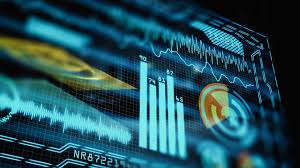
Modelling
and simulation (M&S) is the use of a logical representation of a given
system to generate data and help determine decisions or make predictions about
the system. M&S is widely used in the social and physical sciences,
engineering, manufacturing and product development, among many other areas.
The use of
mathematical models and simulations avoids actual experimentation, which can be
costly and time-consuming. Instead, mathematical knowledge and computational
power is used to solve real-world problems cheaply and in a time efficient
manner. Useful insights about different decisions in the design could be
gleaned. In addition, simulation can support experimentation that occurs
totally in software, or in human-in-the-loop environments where simulation
represents systems or generates data needed to meet experiment objectives.
Furthermore, simulation can be used to train persons using a virtual
environment that would otherwise be difficult or expensive to produce.
Simulation Categories
There are
many categorizations possible, but the following taxonomy has been very
successfully used in the defence domain.
Analyses
Support is conducted in support of planning and experimentation. Very often,
the search for an optimal solution that shall be implemented is driving these
efforts. What-if analyses of alternatives fall into this category as well. This
style of work is often accomplished by analysts.
Systems
Engineering Support is applied for the procurement, development, and testing of
systems. This support can start in early phases and include topics like executable
system architectures, and it can support testing by providing a virtual
environment in which tests are conducted.
Training
and Education Support provides simulators, virtual training environments, and
serious games to train and educate people. This style of work is often
accomplished by trainers working in concert with computer scientists.
